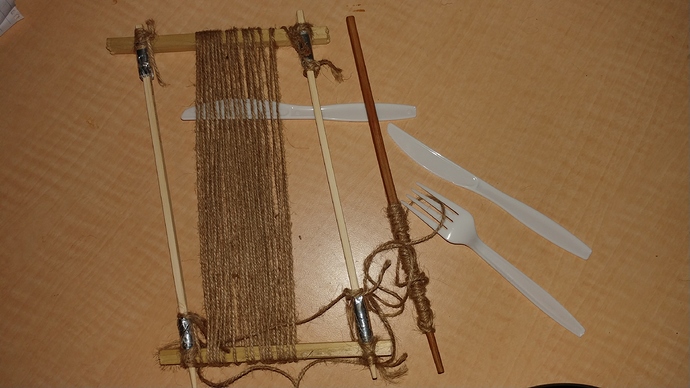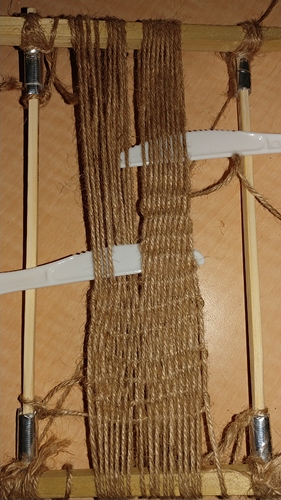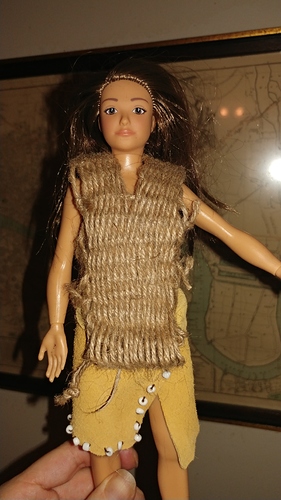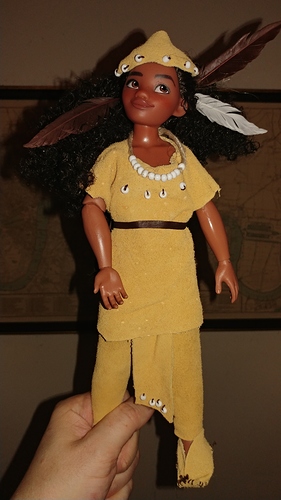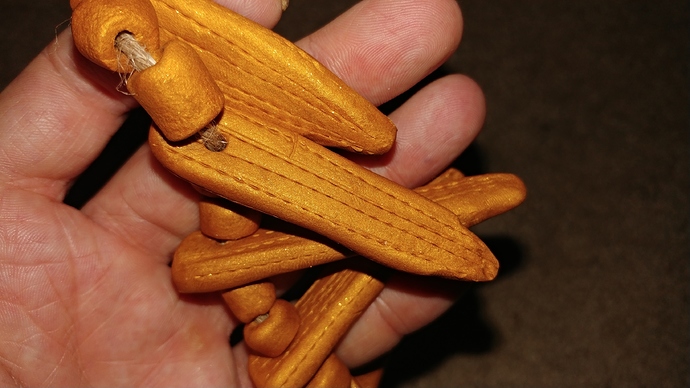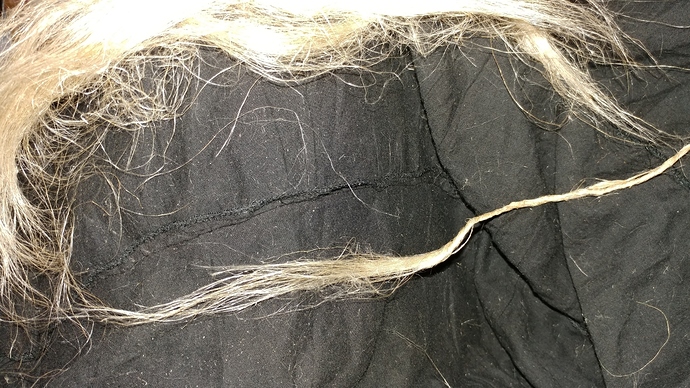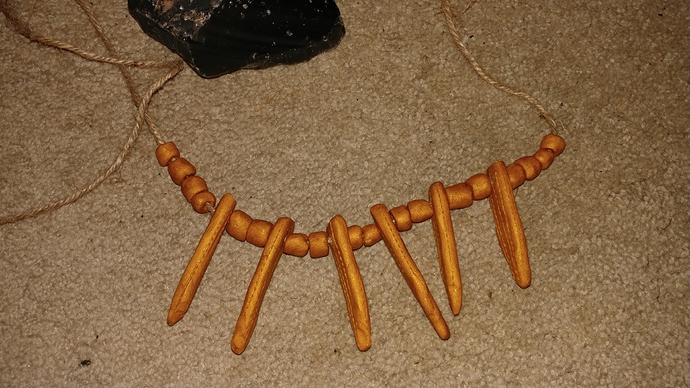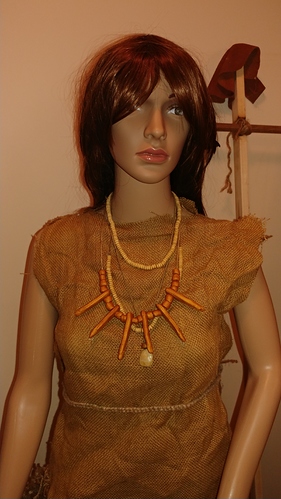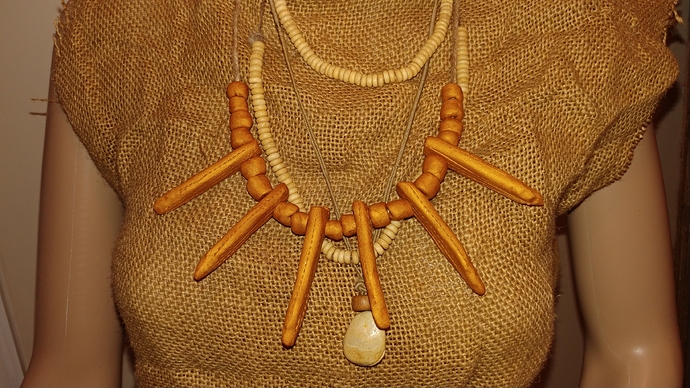Neolithic Leather Leggings
While leather wraps and loincloth’s protected the groin, they were not always effective at protecting the legs or keeping them warm. This is where leggings come in. In fact, leggings, with an accompanying breechcloth or skirt, were basically the original pants. All the way until the 1600s, people could be found wearing leggings and a codpiece, effectively performing the same role as a breechcloth and leggings in the Neolithic. I suspect leggings were invented in the Mesolithic (does anyone know?), but they were definitely in use in the Neolithic. Otzi the Iceman was found murdered wearing a pair.
I set forth to make a pair using as authentic of material and tools as I could. I studied as much information as I could about the topic before deciding on dear leather and dear sinew for the stitching. I have often used flax for stitching, but I felt that sinew would be more appropriate given its availability, especially if one has obtained dear leather. Otzi’s leggings were stitched using sinew.
In case you were wondering, I wore this outfit for quite some time (as well as a previous one that I made a few years ago) In order to get a good feel for what it’s like to wear one. During the winter, they are quite warm but prone to sudden drafts. A skirt is a better covering over leggings, or perhaps a jacket. In the summer, it can get quite hot in the leggings will quickly be discarded, the breechcloth alone being quite comfortable on a warm summer day. The fall in the spring are probably the best times for these garments.
(NOTE: This is supposed to be an LBK culture item from ~5500BCE, perhaps Germany)
The leather hangs ready to be used. I need only select the pieces that are long enough and wide enough to fit the leg of the manikin. This require simple measurements. I can imagine a a woman lying on the floor patiently waiting as her sister made marks on an old, worn piece of leather indicating the shape of the leggings she would soon craft.
I have questionable skills at getting shapes for clothing cut correctly. This is normally not a problem as cloth is cheap, the leather is certainly not. I used a piece of linen to make a test shape to ensure I was correct and then used the same piece linen is a pattern to cut from. I suspect that my Neolithic counterpart would not have done this, not only because linen is very much too valuable to use for such a procedure, but also they probably had significantly more artistic skills than I do. 
The leather is easily cut using a sharp obsidian tool. If you look closely, you can see the scoring I made up the leather, serving the same purpose that a modern sharpie pen mark would have made. Quite frankly, I can cut the leather about as fast with this obsidian as I could with city other tool.
Looking at the pattern on top of the leather, you see how poorly of a job I did cutting the linen. Ironically, the obsidian cut the leather with much greater precision.
My bone awl is still broken, So I ended up using a male to punch the holes in the letter. I did not feel that this was wrong as I have used a bone awl so many times before and fully know of its utility. Using deer sinew, I carefully thread the holes together stitching the leggings into solid sewn leather tubes to put the legs in. My Neolithic counterpart would have had access to a fresh supply of sinew and she would have used it like duct tape is used today.
The completed leggings took about four hours to make. They are quite heavy and are attached to the manikin with the separate belt to ensure they don’t way down and pull off the breechcloth, an embarrassing situation for my Neolithic counterpart. The braided flax cord belt above the breechcloth holds the leggings, while the leather cord below holds the breechcloth. You can think of this is working the way lingerie panties (breechcloth) and the garter belt (braided flax cord) holding up the stockings (leggings) are not typically connected in classical lingerie.
A side view shows that the legs are fully protected and the two belts hold different weights and are not connected to one another. This means the Neolithic person could wear her leggings small gathering food and checking rabbit traps in the woods to protect her legs from brambles, but when the day became hot and she decided to work in the field, she could easily remove the leggings stay cool while leaving the breechcloth intact.
The butt is fully covered by the breechcloth, the leggings hang low enough not to rub against the but when moving. Leggings needed to either cover the butt, such as pants, or hang below the but to prevent this rubbing affect. Over time, it can cause irritation. The only way to learn about this is to wear such a garment for an entire day.
A frontal view reveals that all lower modesty has been accounted for, the legs protected as well as the crotch. The cord which holds the leggings is heavy-duty and could easily carry a pouch were a knife. While her upper body is exposed, I will eventually make a shirt to take care of this. Likely during the summers, she would have left the upper body uncovered is covering it serves only modern-day modesty.
Unrelated to the leggings themselves, I gave her many upper body decorations so the manikin would appear more visually balanced. Just because she does not worry shirt does not mean that her upper body would be completely bare. She has a necklace of feathers, two necklaces of bone beads, a rock and clay pendant, and a braided flax cord. I made these chords by hand by spinning flax. The beads were purchased as I simply don’t have time to hand drill that many bone beads.

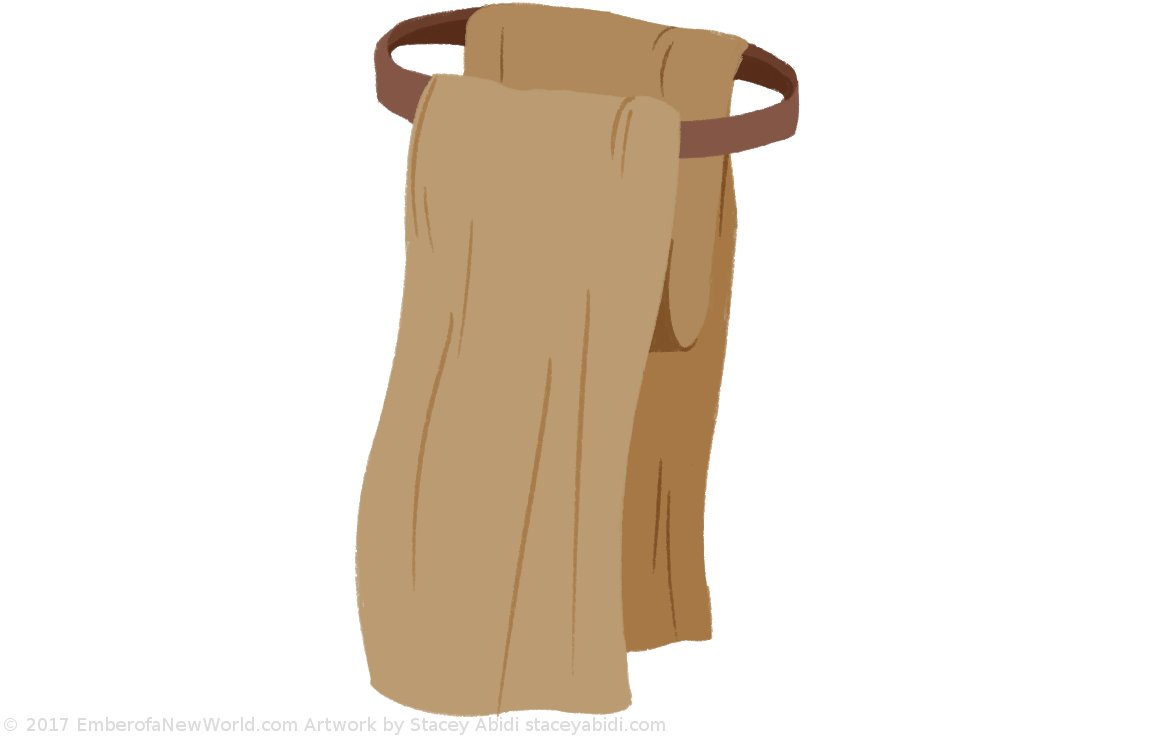
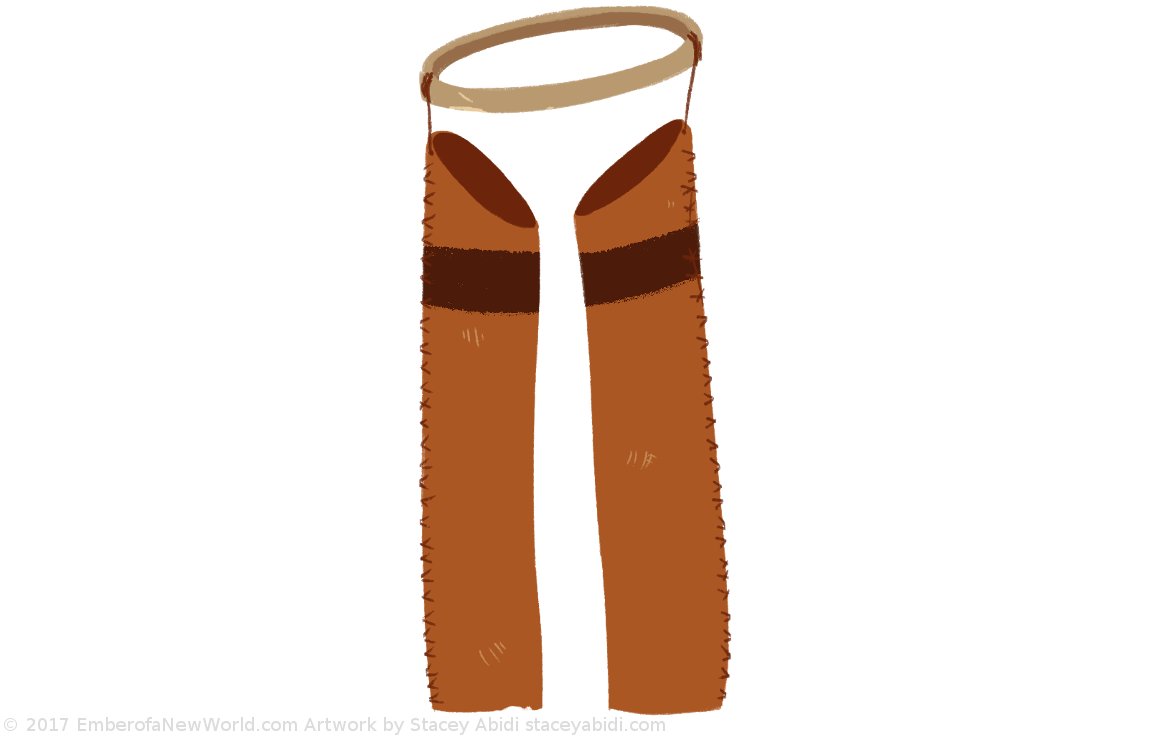

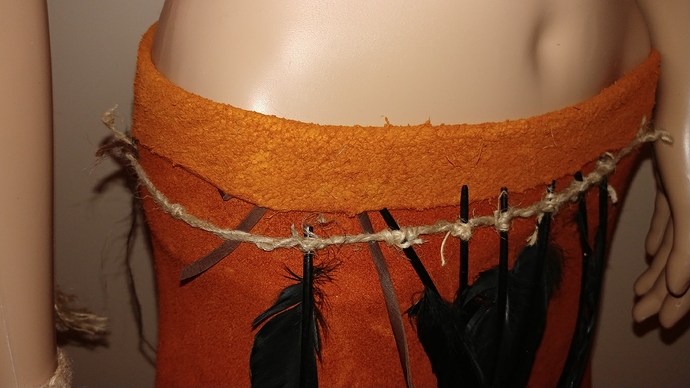
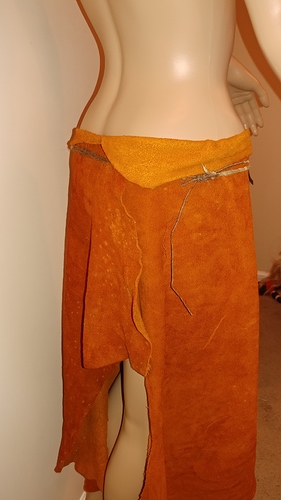
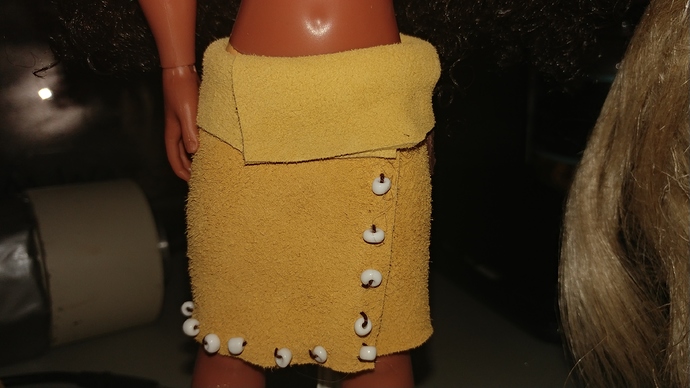
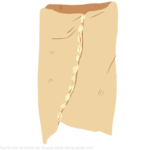
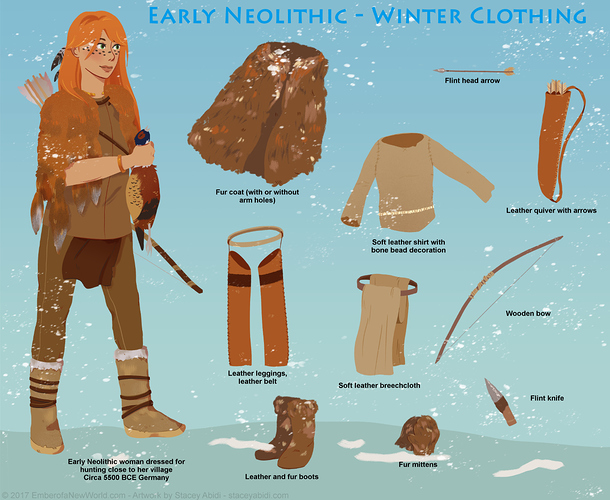
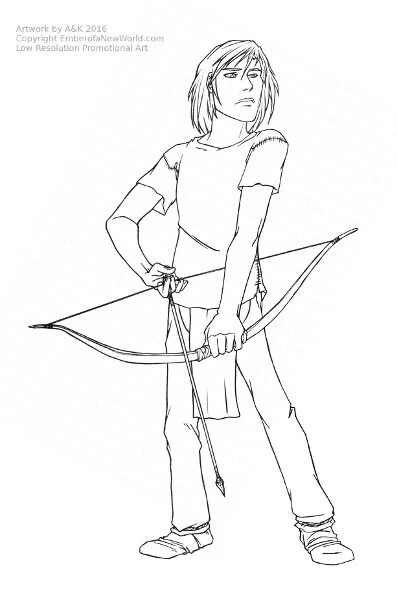
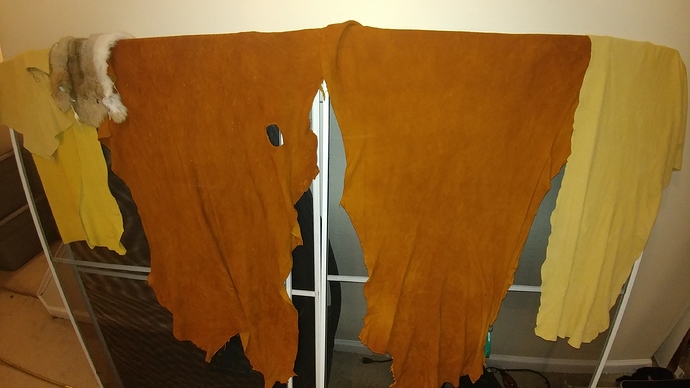
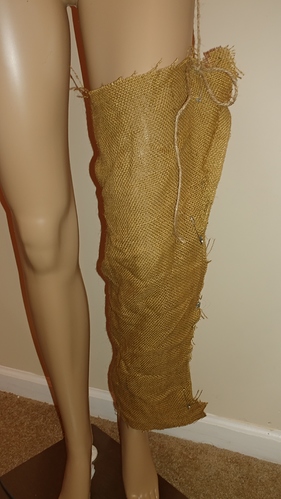

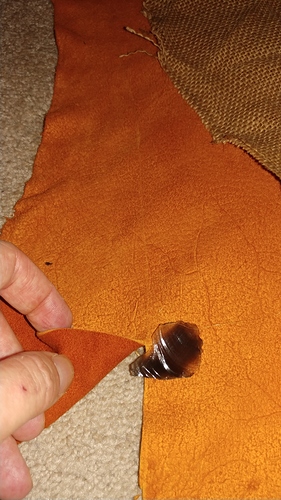

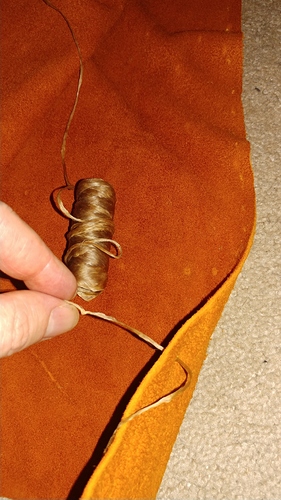
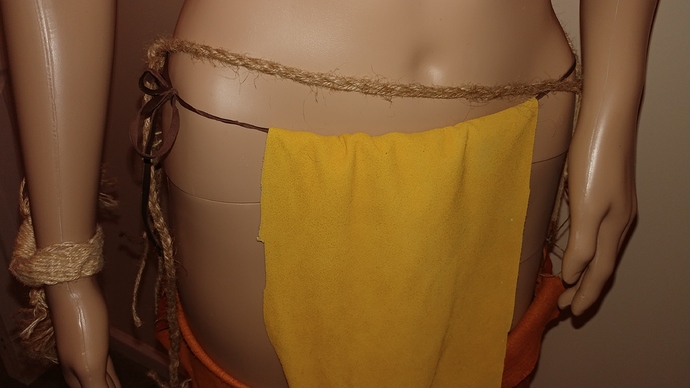


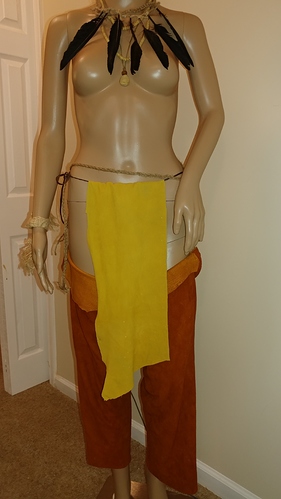
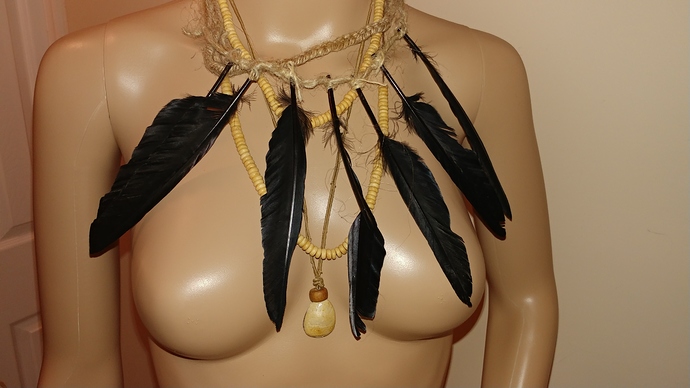

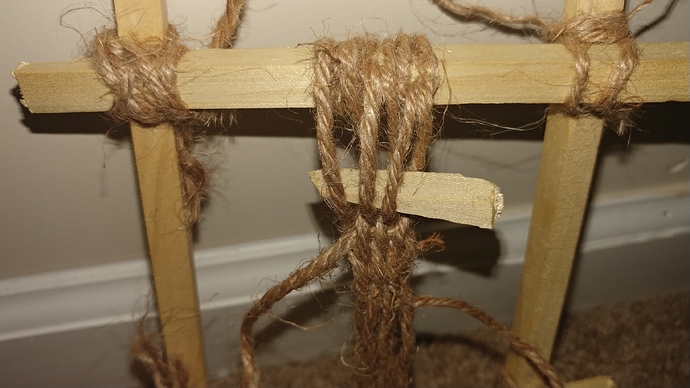


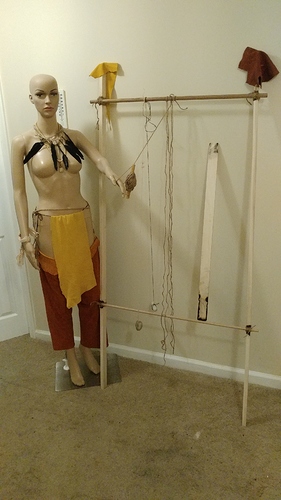
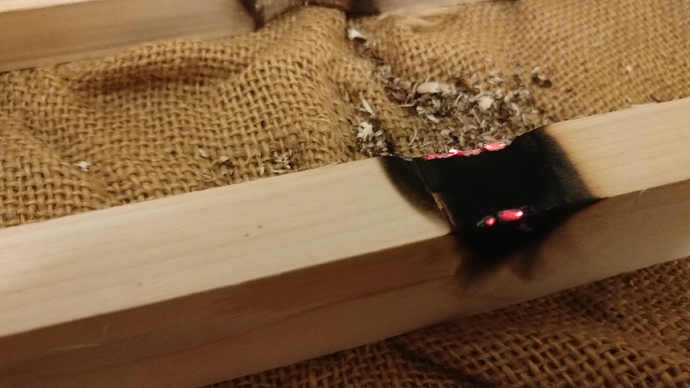
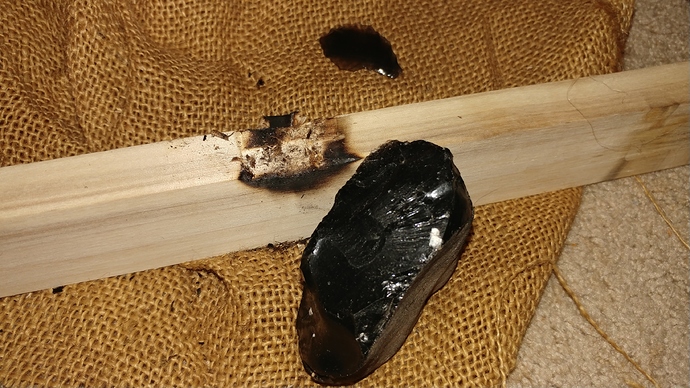

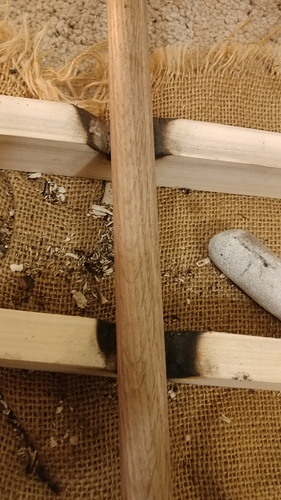
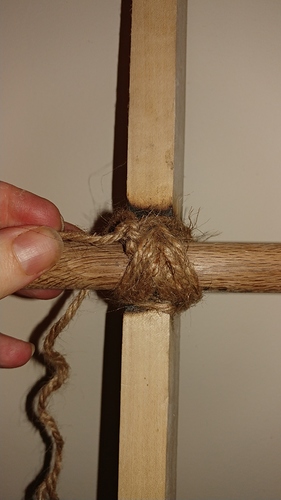
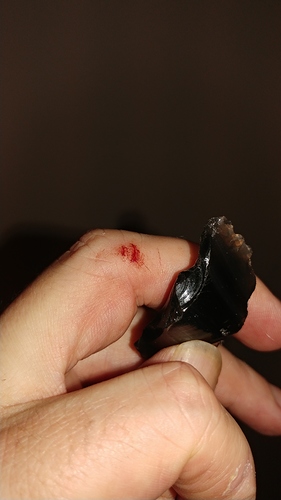
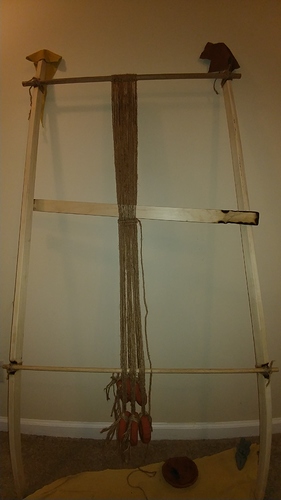


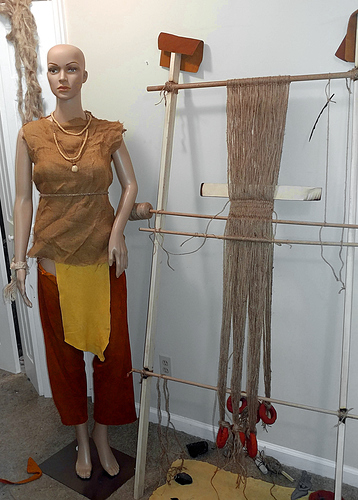
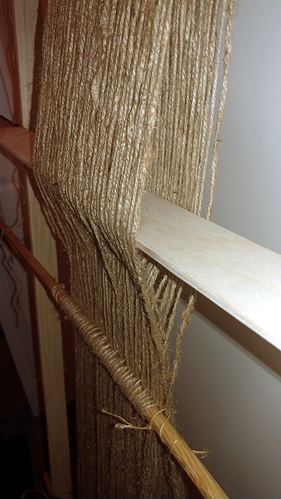
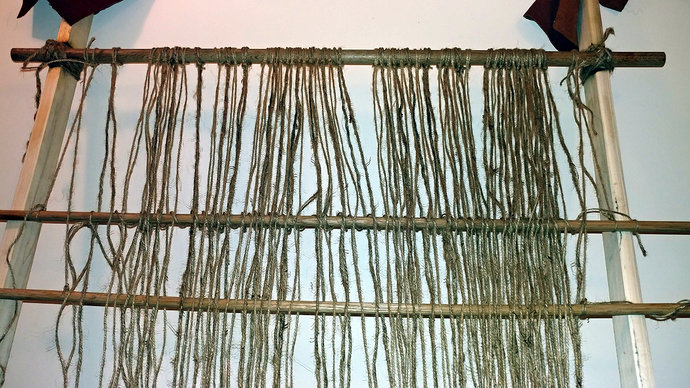



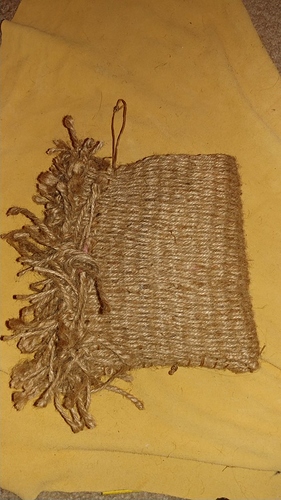
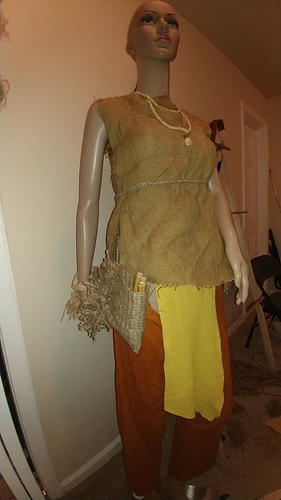
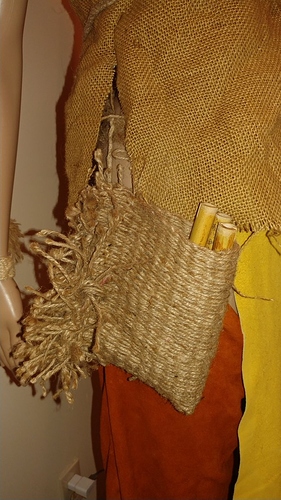
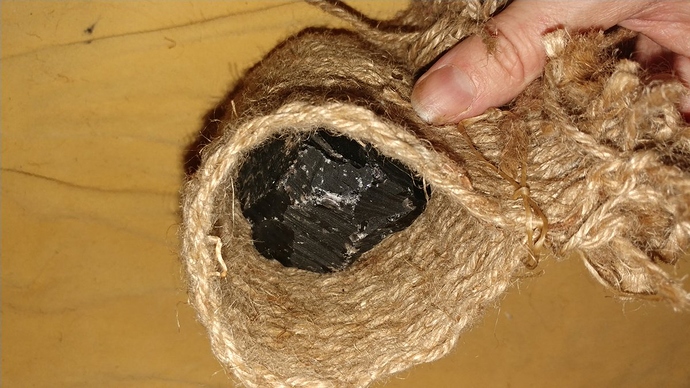


 (sorry for the 2nd pic quality) EDIT: I’m starting to think the first one is a hat?
(sorry for the 2nd pic quality) EDIT: I’m starting to think the first one is a hat?